

La victoria(2017)
Movie: La victoria
Top 7 Billed Cast

La victoria
HomePage
Overview
Release Date
2017-05-06
Average
0
Rating:
0.0 startsTagline
Genres
Languages:
Similar Movies
 6.8
6.8The Blob(en)
In Arborville, California, three high school students try to protect their hometown from a gelatinous alien life form that engulfs everything it touches.
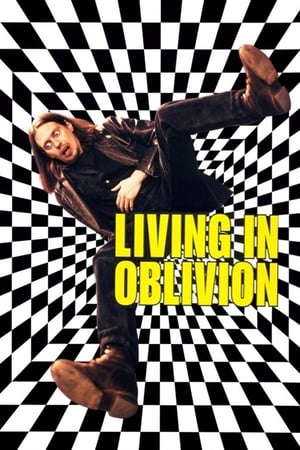 7.2
7.2Living in Oblivion(en)
Nick is the director of a low-budget indie film. He tries to keep everything together as his production is plagued with an insecure actress, a megalomaniac star, a pretentious, beret-wearing director of photography, and lousy catering.
 6.2
6.2Service(tl)
A struggling family owns a Filipino porn theater where prostitutes conduct their business.
 3.2
3.2Großes Kino made in DDR(de)
In 2016, DEFA celebrates its 70th anniversary: the film embarks on a journey into the exciting film history of the GDR. In a comprehensive kaleidoscope, the importance of DEFA productions is illuminated, the relevance of the films as propaganda productions for the GDR, which socio-political themes were in the foreground, but also which heroes DEFA brought to the screen and celebrated as people from the people.
 5.0
5.0A Woman in Transit(fr)
Even though the protagonist of the Canadian Femme De L'Hotel is a female filmmaker, one would think twice before suggesting that this effort by Swiss-born director Lea Pool is autobiographical. Paule Baillargeon portrays a well-known director who returns to her home town of Montreal to film a high-budget musical drama. At her hotel, Paule has a brief but unsettling encounter with a suicidal elderly woman (Louise Marleau). This element of the plot is briefly forgotten as we get to know the actors in Paule's current project. Then she meets the old lady again, and with mounting incredulity Paule discovers that the actual events in the woman's life mirror the fictional events in the director's film.
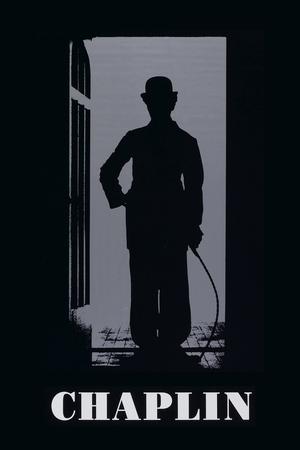 7.4
7.4Chaplin(en)
An aged Charlie Chaplin narrates his life to his autobiography's editor, including his rise to wealth and comedic fame from poverty, his turbulent personal life and his run-ins with the FBI.
 0.0
0.0Afro Promo(en)
Co-curated by Jenni Olson and the late Black gay activist Karl Knapper, this entertaining showcase of vintage movie trailers traces the evolution of African American cinema through its most crucial period, 1952-1976. Filled with insights on race and social dynamics, this fascinating compendium of coming attractions explores an extensive range of stylistic approaches—Blaxploitation, Comedy, Music Bio, Plantation Drama and more—offering an outrageous joyride through motion picture history. Beyond mere camp, these marvelously condensed gems crystallize a range of African American identities and personalities, tracking the meteoric careers of Sidney Poitier, James Earl Jones, Billy Dee Williams, Richard Pryor, Pam Grier and others through their bold performances in movies both hugely popular and practically forgotten. Afro Promo provides a compact glimpse at the representation of African Americans through twenty-five dynamic years of American cinema history.
 10.0
10.0Disney: Through the Looking Glass(es)
Tito del Amo, a passionate 72-year-old researcher, takes the final step to unravel the enigma about the alleged Spanish origin of the American cartoonist Walt Disney, making the same journey that his supposed mother made to give him up for adoption in Chicago. A journey that begins in Mojácar, Almería, Spain, and ends in New York. An exciting adventure, like Alicia's through the looking glass, to discover what is truth and what is not, with an unexpected result.
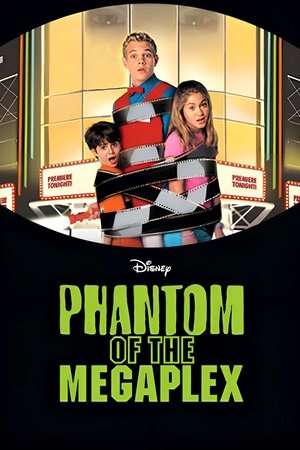 6.0
6.0Phantom of the Megaplex(en)
Pete Riley is a 17-year-old who lands a part-time job at a multiplex in his neighbourhood. He and his friends are excited when it's announced that the theatre will play host to the premier of a major motion picture, with a number of Hollywood celebrities in attendance. However, when the big night comes, Pete has to contend with disappearing staff, malfunctioning equipment, and a broken popcorn machine.
 6.9
6.9The White Sound(de)
Lukas, a young schizophrenic man, has to deal with a new town, a new relationship, and the paranoia in his head.
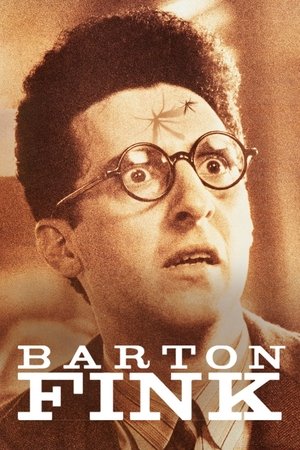 7.5
7.5Barton Fink(en)
A renowned New York playwright is enticed to California to write for the movies and discovers the hellish truth of Hollywood.
 7.1
7.1Small Change(fr)
Various experiences of childhood are seen in several sequences that take place in the small town of Thiers, France. Vignettes include a boy's awakening interest in girls, couples double-dating at the movies, brothers giving their friend a haircut, a boy dealing with an abusive home life, a baby and a cat sitting by an open window, a child telling a dirty joke, and a boy who develops a crush on his friend's mother.
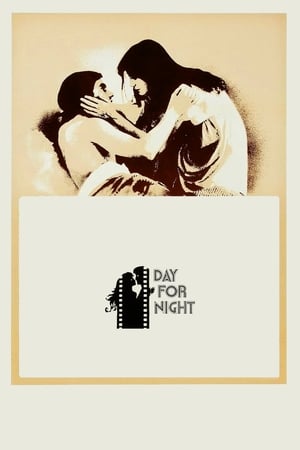 7.8
7.8Day for Night(fr)
A committed film director struggles to complete his movie while coping with a myriad of crises, personal and professional, among the cast and crew.
 7.1
7.1The Arrival of a Train at La Ciotat(fr)
A group of people are standing along the platform of a railway station in La Ciotat, waiting for a train. One is seen coming, at some distance, and eventually stops at the platform. Doors of the railway-cars open and attendants help passengers off and on. Popular legend has it that, when this film was shown, the first-night audience fled the café in terror, fearing being run over by the "approaching" train. This legend has since been identified as promotional embellishment, though there is evidence to suggest that people were astounded at the capabilities of the Lumières' cinématographe.
 5.8
5.8Blood of 1000 Virgins(en)
The question of "who hunts virgins" and more will be stripped down and explored in the sexiest trailers hosted by Playboy's Nikki Leigh.
 6.0
6.0The Dinosaur and the Baby(fr)
An hour-long discussion between Fritz Lang and Jean-Luc Godard in which they discuss a variety of art forms, the role of the cinema, their collaboration together, and much more. (Filmed in 1964 but released for TV in 1967.)
 6.7
6.7Caligari: When Horror Came to Cinema(de)
On February 26, 1920, Robert Wiene's world-famous film The Cabinet of Dr. Caligari premiered at the Marmorhaus in Berlin. To this day, it is considered a manifesto of German expressionism; a legend of cinema and a key work to understand the nature of the Weimar Republic and the constant political turmoil in which a divided society lived after the end of the First World War.
 10.0
10.0Memorie(it)
 6.0
6.0Sexo en el plató(es)
How are the sex scenes filmed? What tricks are used to fake the desire? How do the interpreters prepare and feel? Spanish actors and directors talk about the most intimate side of acting, about the tricks and work methods when narrating exposed sex. In Spain the general rule is that there are no rules. Each film, each interpreter, faces it in very different ways.
Tin Tan(en)
Germán Cipriano Gómez Valdés Castillo, a young radio announcer from Cuidad Juárez, succeeds in drawing attention to the pachuco movement through his character Tin Tan, laying the groundwork for a new form of binational and mass linguistic expression: Spanglish. He soon became a leading figure in theater and film on the American Continent. Singled out by critics as a destroyer of the language, he quickly won the approval of the public. His ability to improvise revolutionized the film industry. His talent as an actor, singer, dancer and comedian contributed to the Golden Age of Mexican Cinema. From El Hijo Desobediente to Capitán Mantarraya, from Cuidad Juárez to Havana, from mambo to rock, the legacy of Tin Tan makes him one of the great icons of Mexico today. This film tells his story as it has never been told before.

